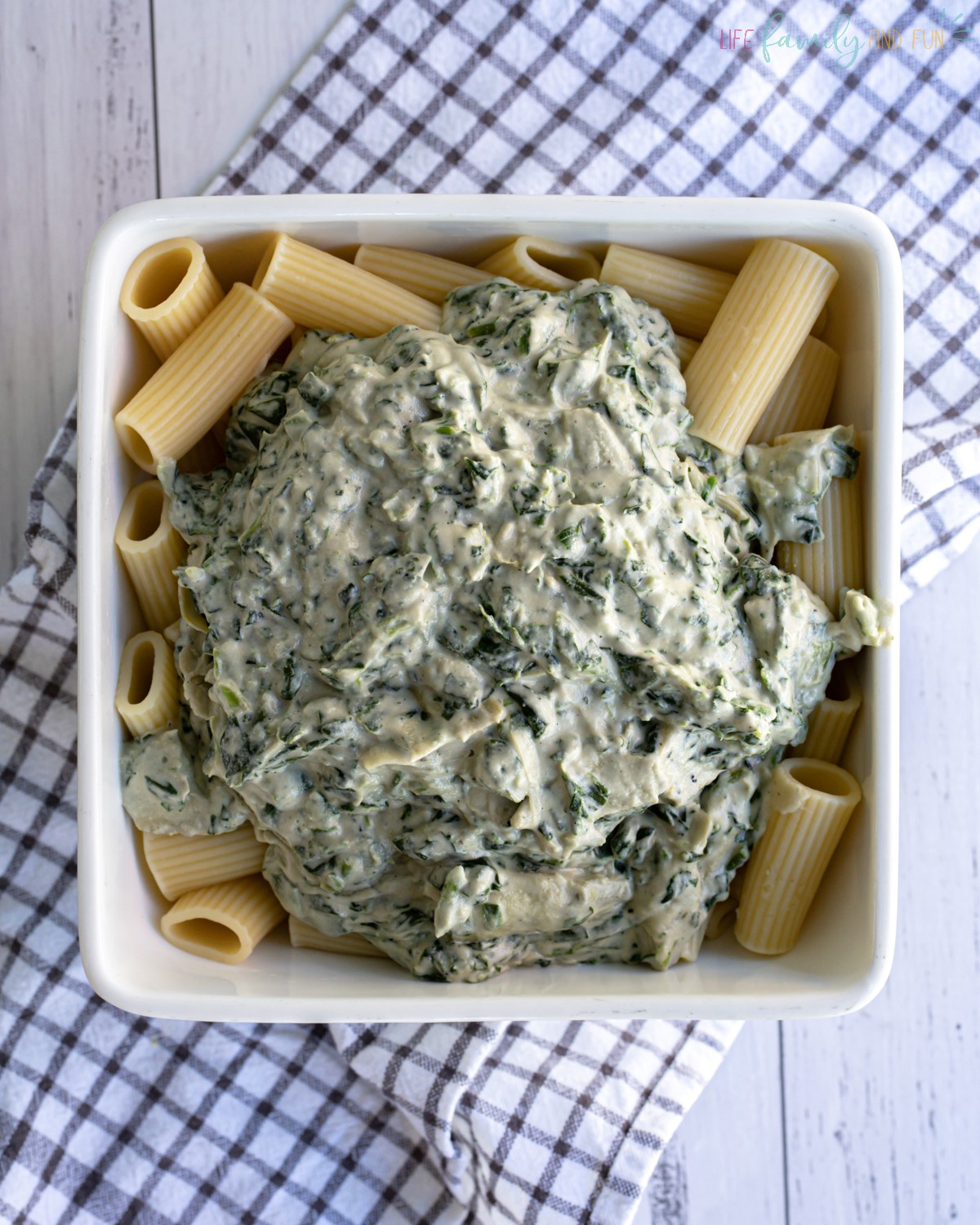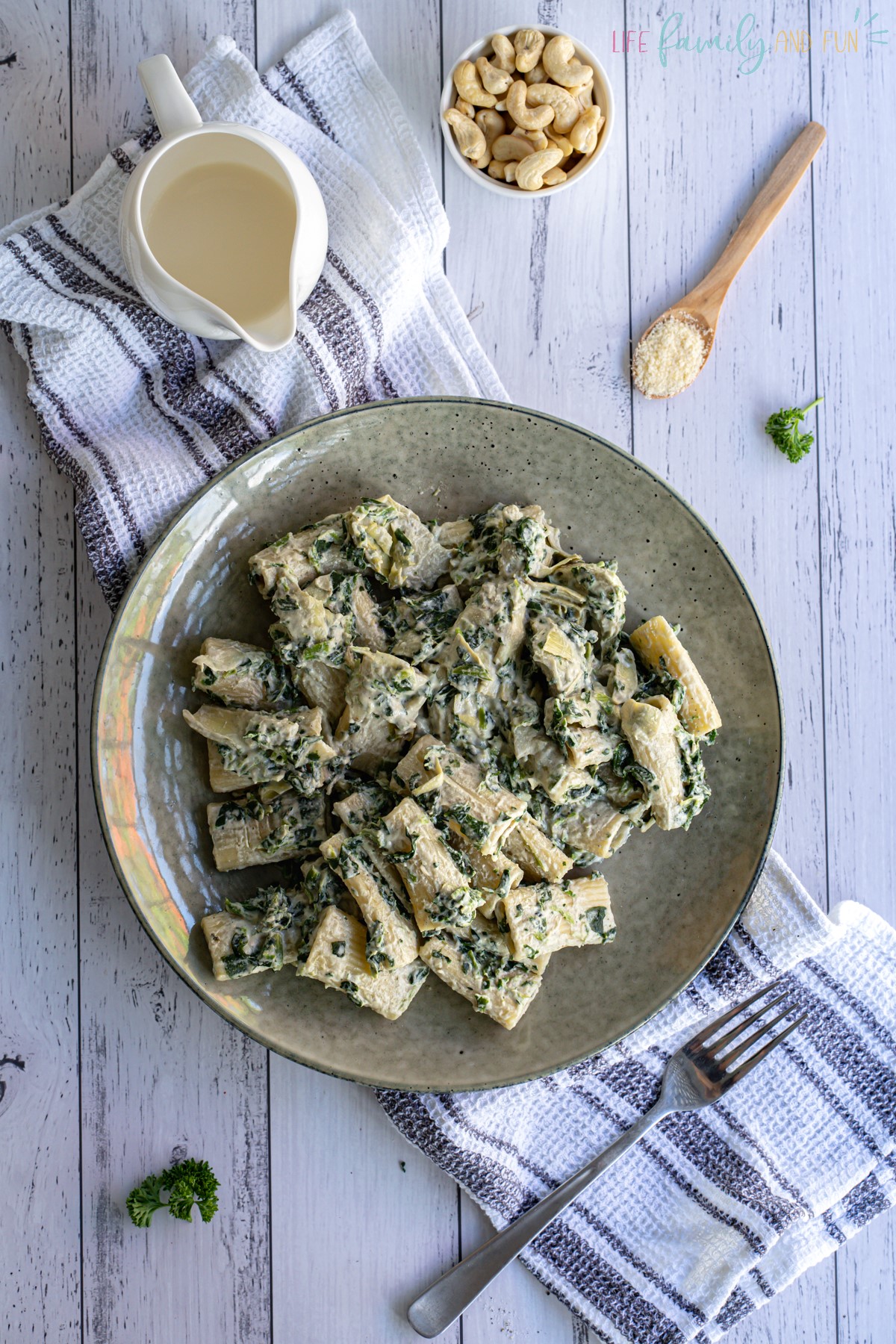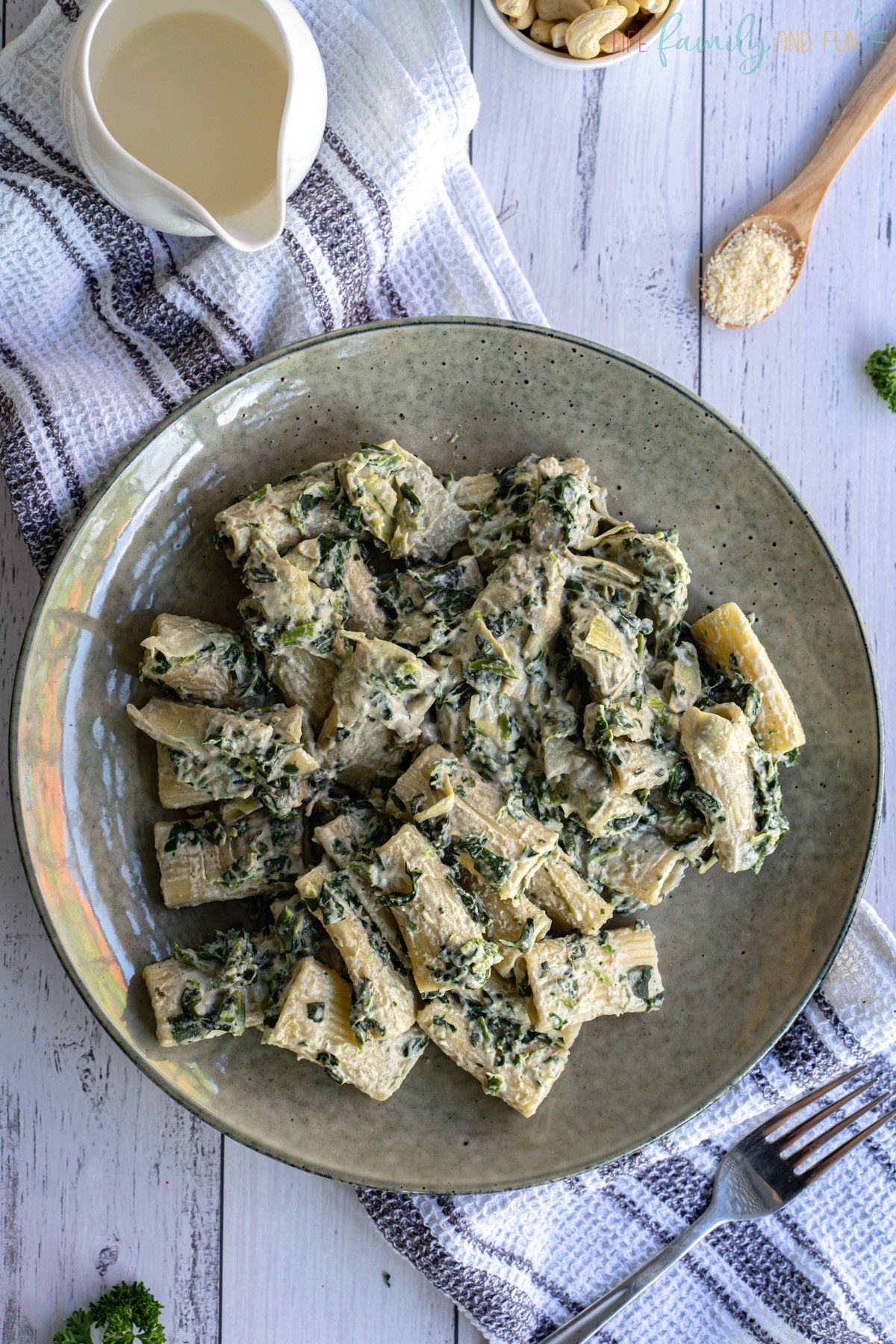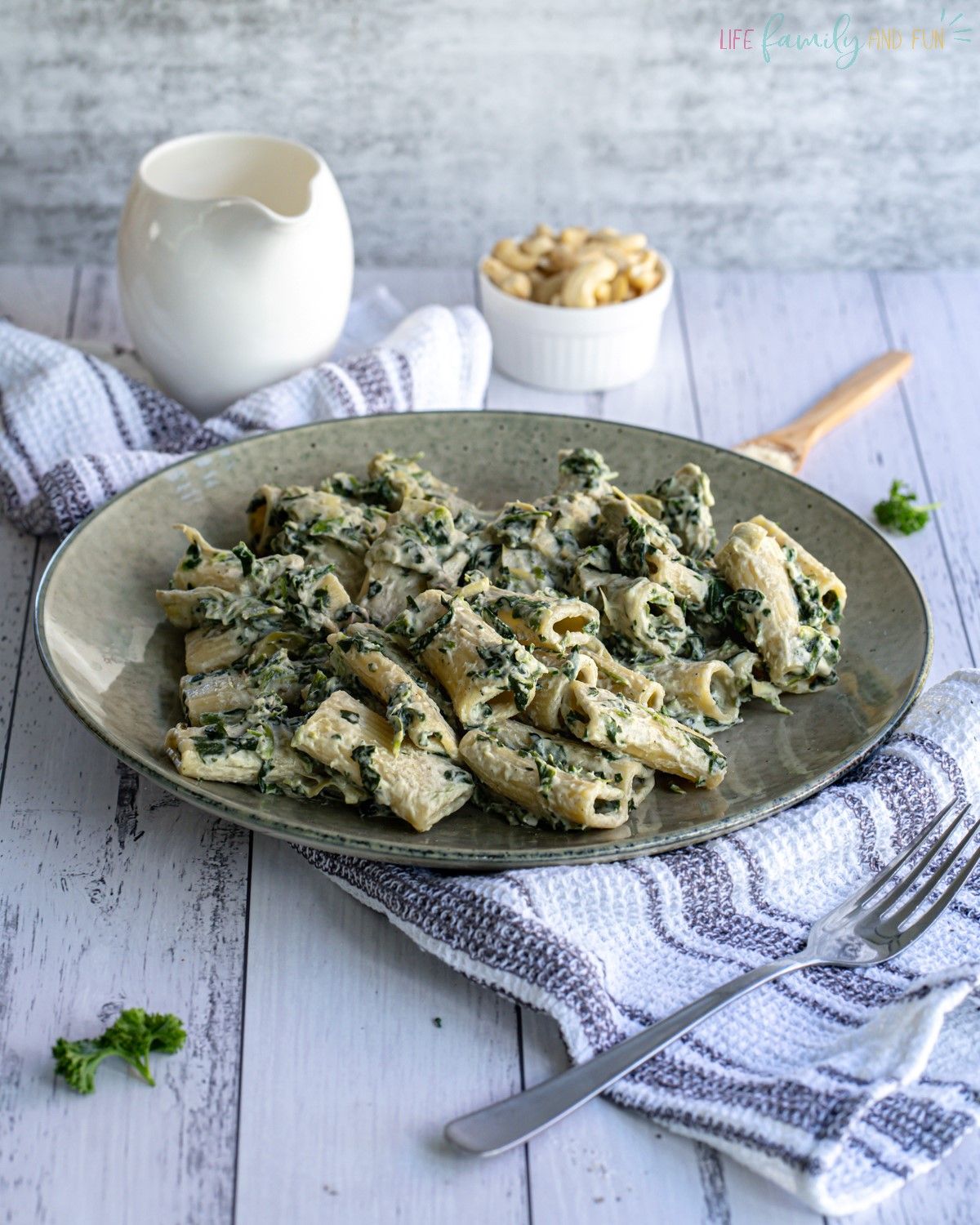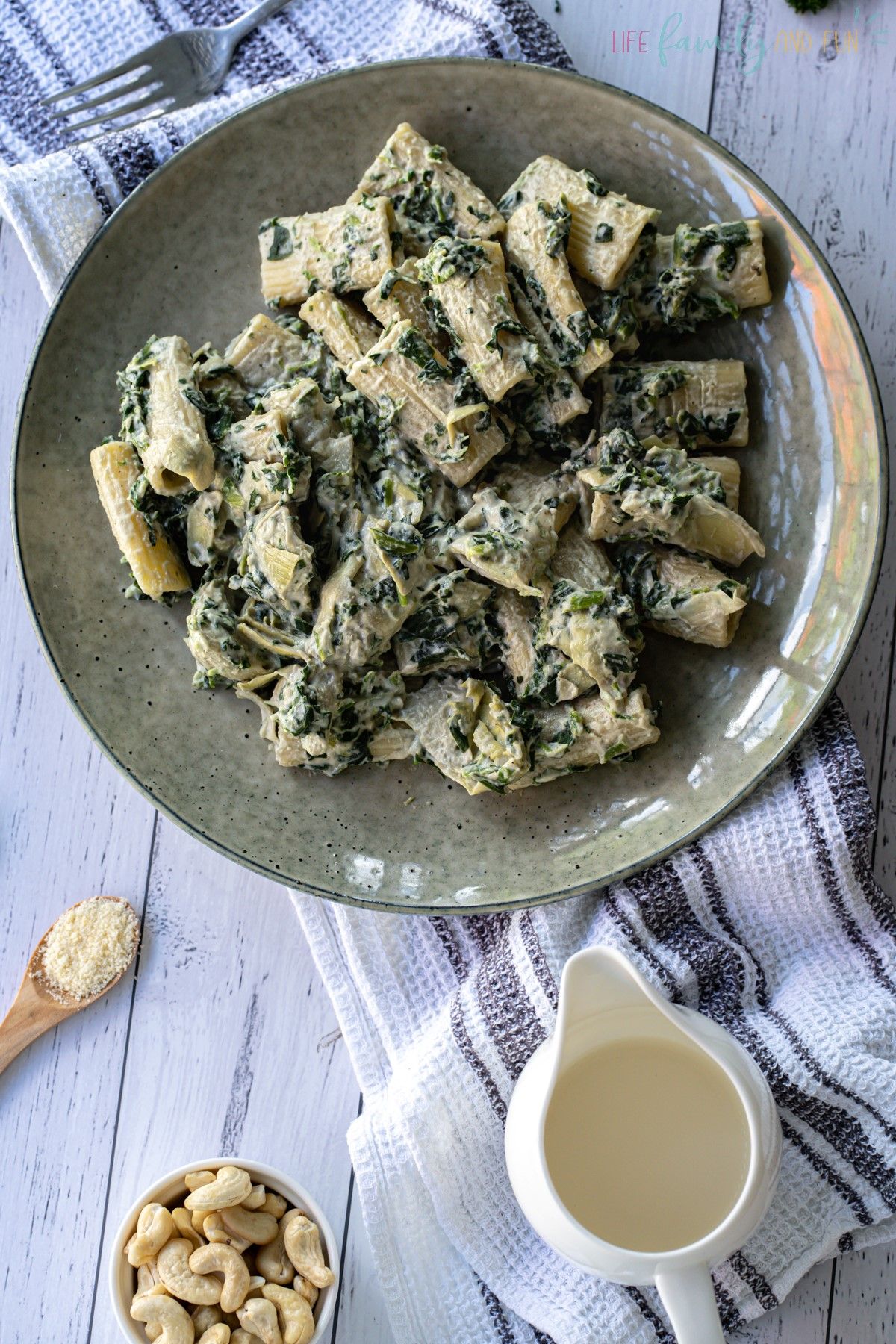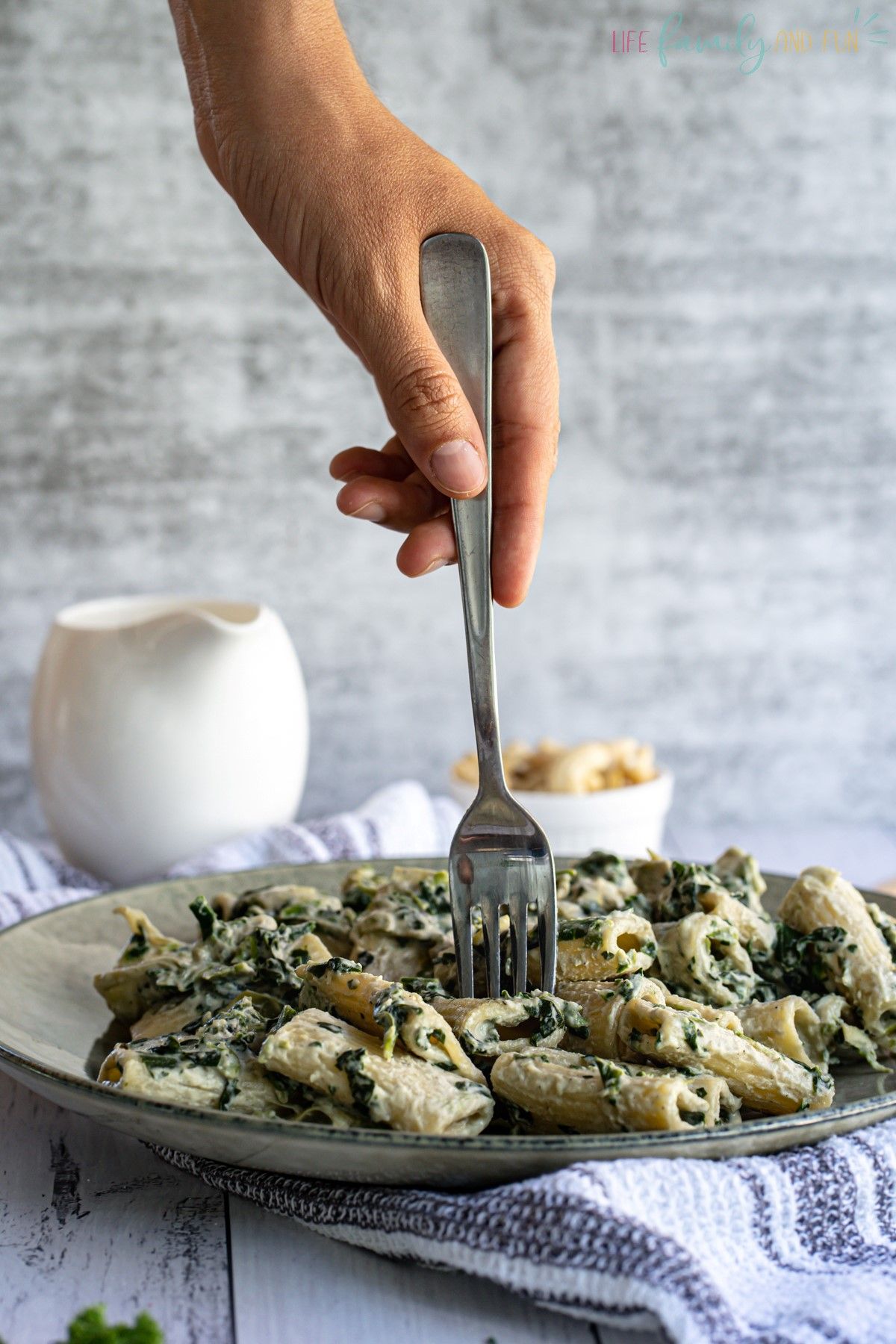There is just something about a bowl of creamy pasta that soothes the stomach, heart, and soul. It’s the ultimate cheat meal, a meal that goes with a variety of main dishes, and the type of meal that puts meat on your bones. You can use pasta as your main meal and serve it with freshly buttered bread or have it stand alone. You can eat pasta with water as your beverage or the finest wine.
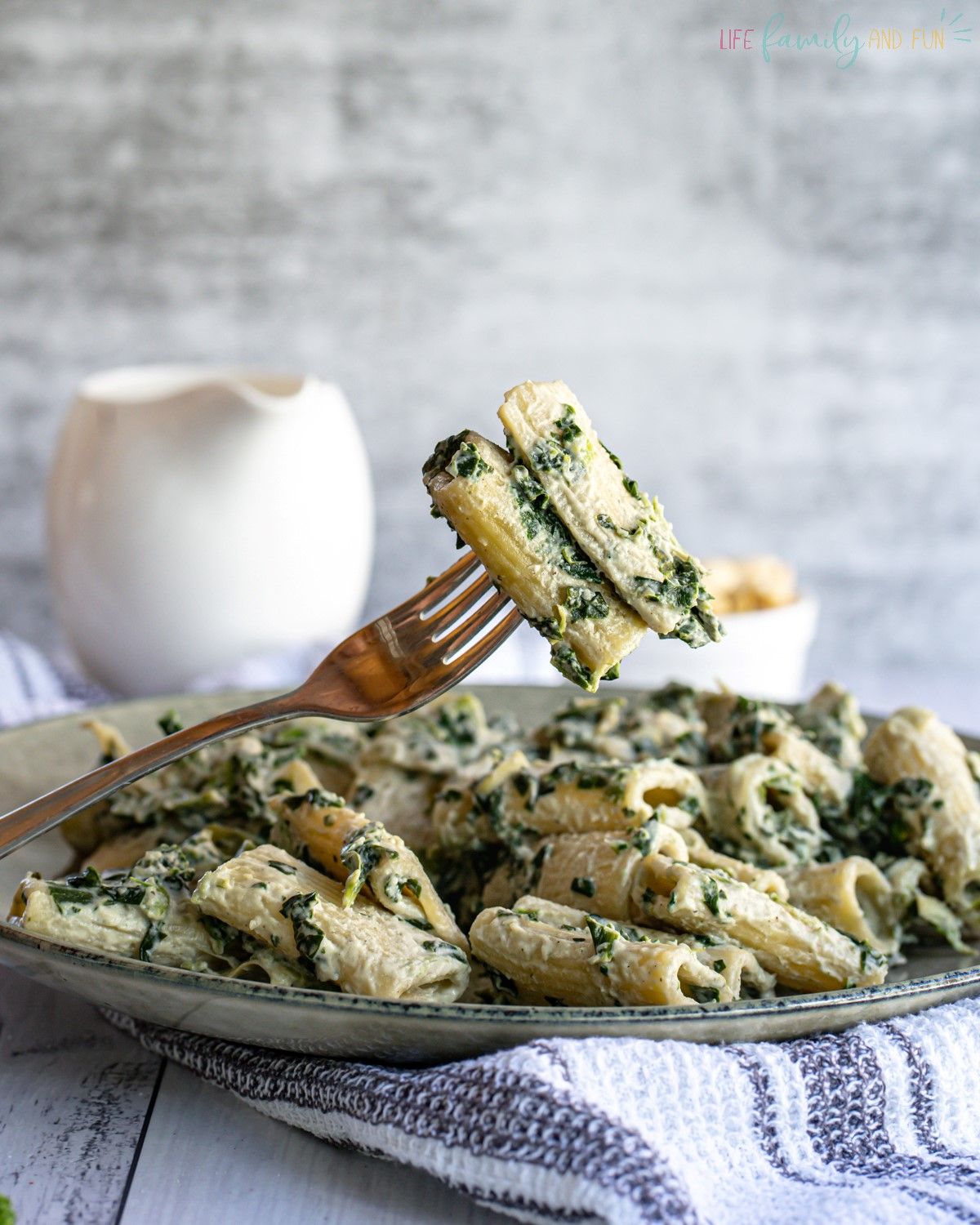
Spinach and artichokes are full of immunity-boosting vitamins and minerals hidden by a subtle flavouring that is ideal to be paired with a creamy pasta dish. That is why we are going to learn how to make a spinach artichoke creamy pasta dish that is guaranteed to become a staple in your supper dishes.
Health Benefits of Spinach
What is it about spinach that makes trusted health professionals and weight-loss diets claim you need to eat this to stay healthy? Is it because it’s a green vegetable? Is it because you can get it easily in fresh or frozen versions? How about the fact that as far as vegetables and fresh produce goes, spinach is one of the less expensive ones on the market? Maybe it’s because it’s associated with Popeye!
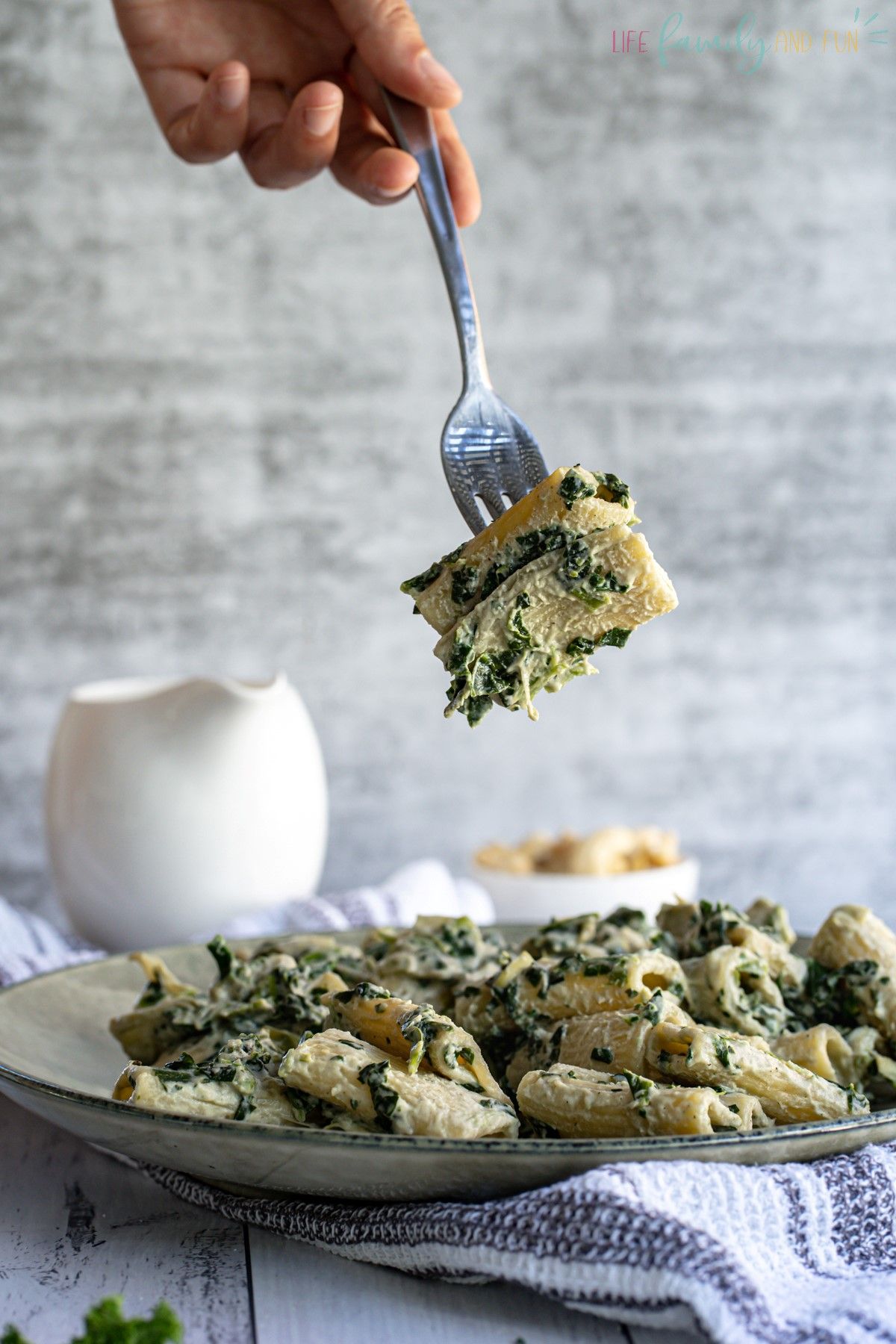
It’s actually because hidden in these tiny unassuming leaves is a ton of important nutrients and vitamins that help decrease heart disease, maintain a healthy body weight, lower cholesterol, and offer immune-system boosting properties. When eating spinach, you are giving your body does of Vitamin K, Vitamin A, Vitamin C, magnesium, iron, and Vitamin B2 (amongst others). Spinach is not exactly a seasonal vegetable but one that is readily available year-round, thanks to its easy and resilient growing season.
It is also extremely versatile when used in food dishes. Smoothies, salads, pizza toppings, pasta dishes, poultry dishes – you name it and spinach can be prepared as part of it.
A 100g serving of raw spinach includes:
- 25 calories
- 8g protein
- 8g fat
- 6g carbohydrates
- 8g fibre
Health Benefits of Artichokes
Just like spinach, artichokes are full of vitamins and minerals that help you lead a healthier lifestyle and give your body their family doses. While technically not considered a vegetable (it’s actually a type of thistle), artichokes are still lumped into this category because of the number of health benefits it possess.
Artichokes have been studied and shown to lower blood sugar, improve digestion, and help clean out your system of toxins that affect both your heart and liver. Other benefits includes Vitamin C, Vitamin K, Vitamin B6, iron, folate, magnesium, and potassium.
It also helps lower bad cholesterol levels while increasing the good, leading to less strain on the heart and digestive system.
Fresh versus Frozen Vegetables
When it comes to cooking – should you use fresh or frozen vegetables? The correct answer is either one. While fresh vegetables will have a stronger flavour, frozen vegetables (when packaged correctly) have the same flavour; just slightly muted. They both have the same amount of nutrients, vitamins, and minerals that make vegetables one of the healthiest things you can ingest.
Frozen vegetables are also convenient when it comes to preparing dishes with vegetables that might be out of season or expensive to purchase fresh.
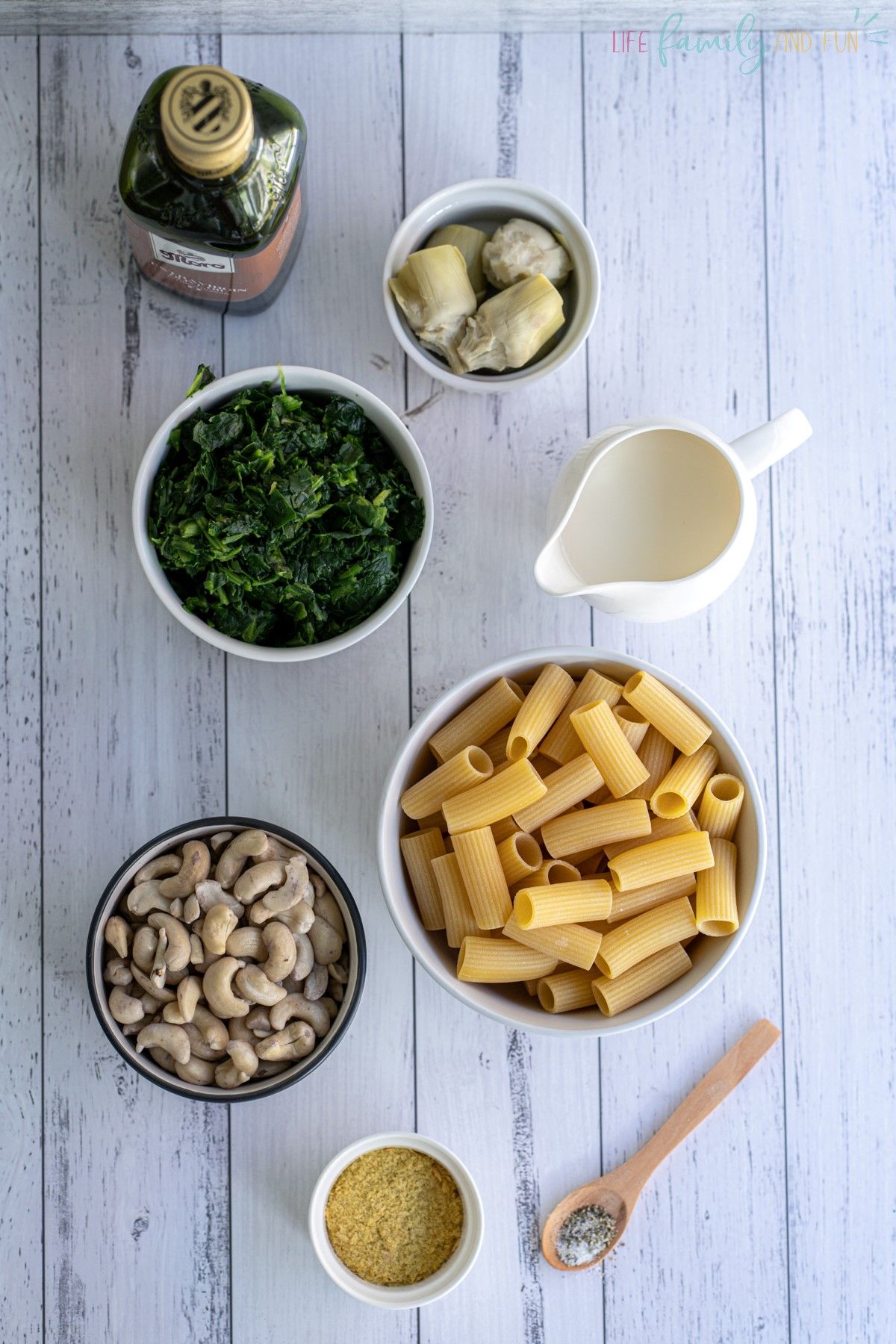
Ingredients you’ll need for Spinach Artichoke Pasta:
- 8 oz. rigatoni
- 10 oz. frozen spinach
- 1 can water artichoke hearts
- 1 cup cashews, soaked for 2 hours in hot water
- ¼ cup nutritional yeast
- ½ tsp salt
- ½ tsp ground pepper
- 1 cup almond/cashew milk
- 1 tsp garlic powder
- 1 tbsp. olive oil
How to prepare the Spinach Artichoke Pasta:
Step 1: Blend
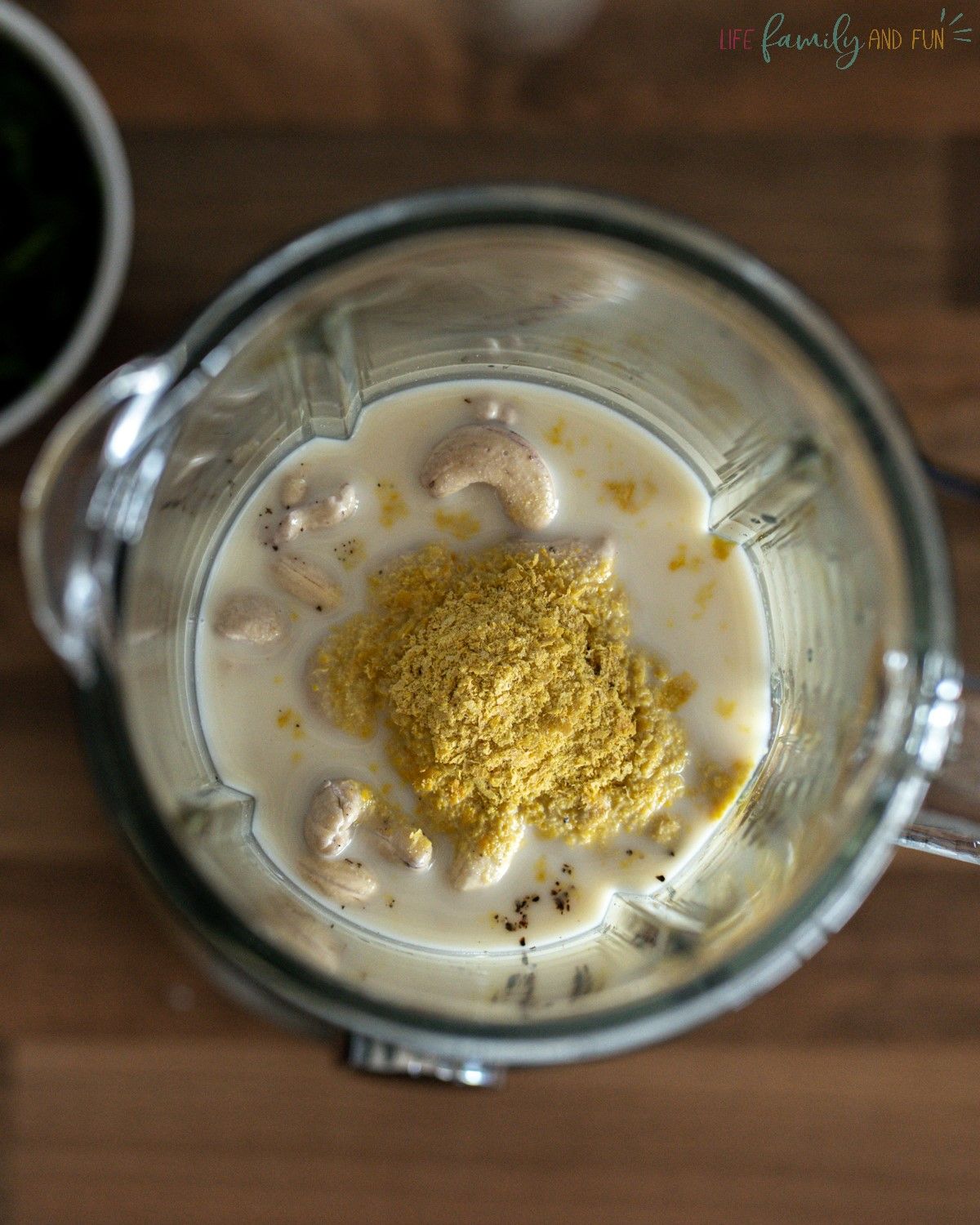
Add all ingredients listed except for the artichoke and spinach to a blender. Choose the lowest speed setting to avoid damaging the ingredients and blend it until the mixture is a smooth, creamy texture.
You might have to stop the blender partway through the process and scrape off the sides to avoid clumps and lumps in your mixture.
While this is blending, prepare your chosen pasta type as per the instructions on the package.
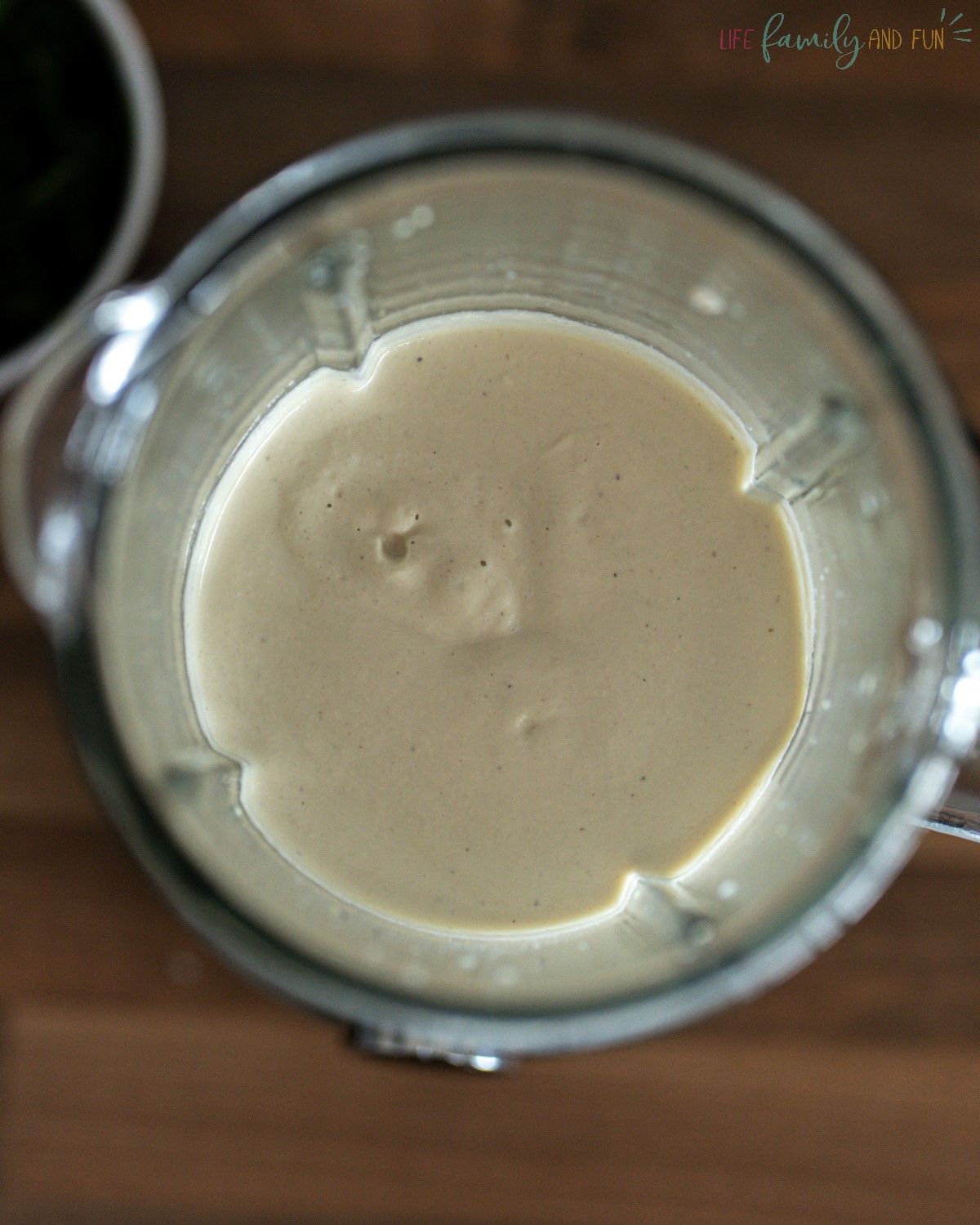
This is what the final product from the blender should look like when completed.
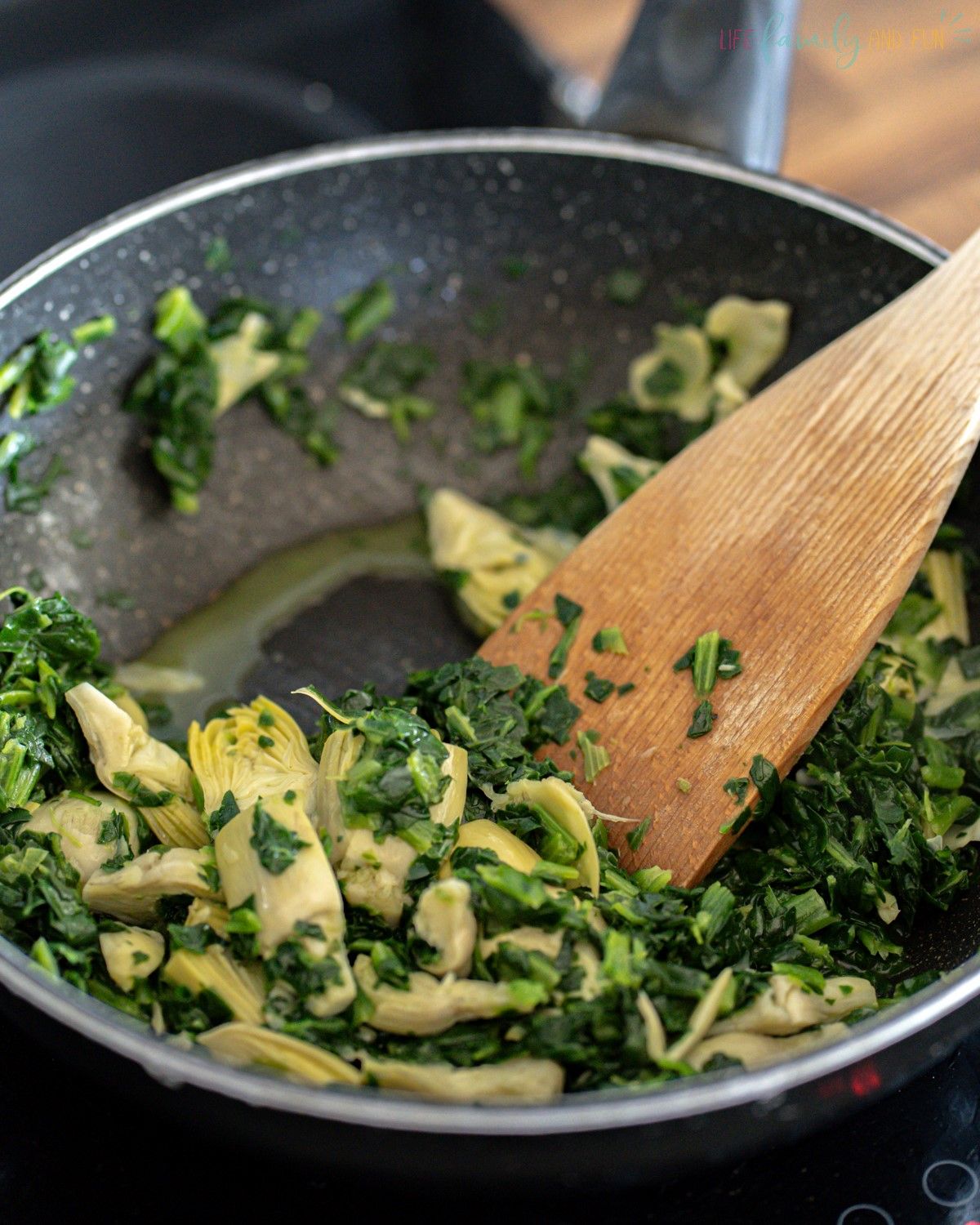
Step 2: sauté spinach and artichokes
Heat a pot on the stove using medium-low heat with the olive oil already inside. Using this heated olive oil, sauté your spinach and artichokes until it is soft but not mushy. To achieve this – stir and sauté for approximately two minutes.
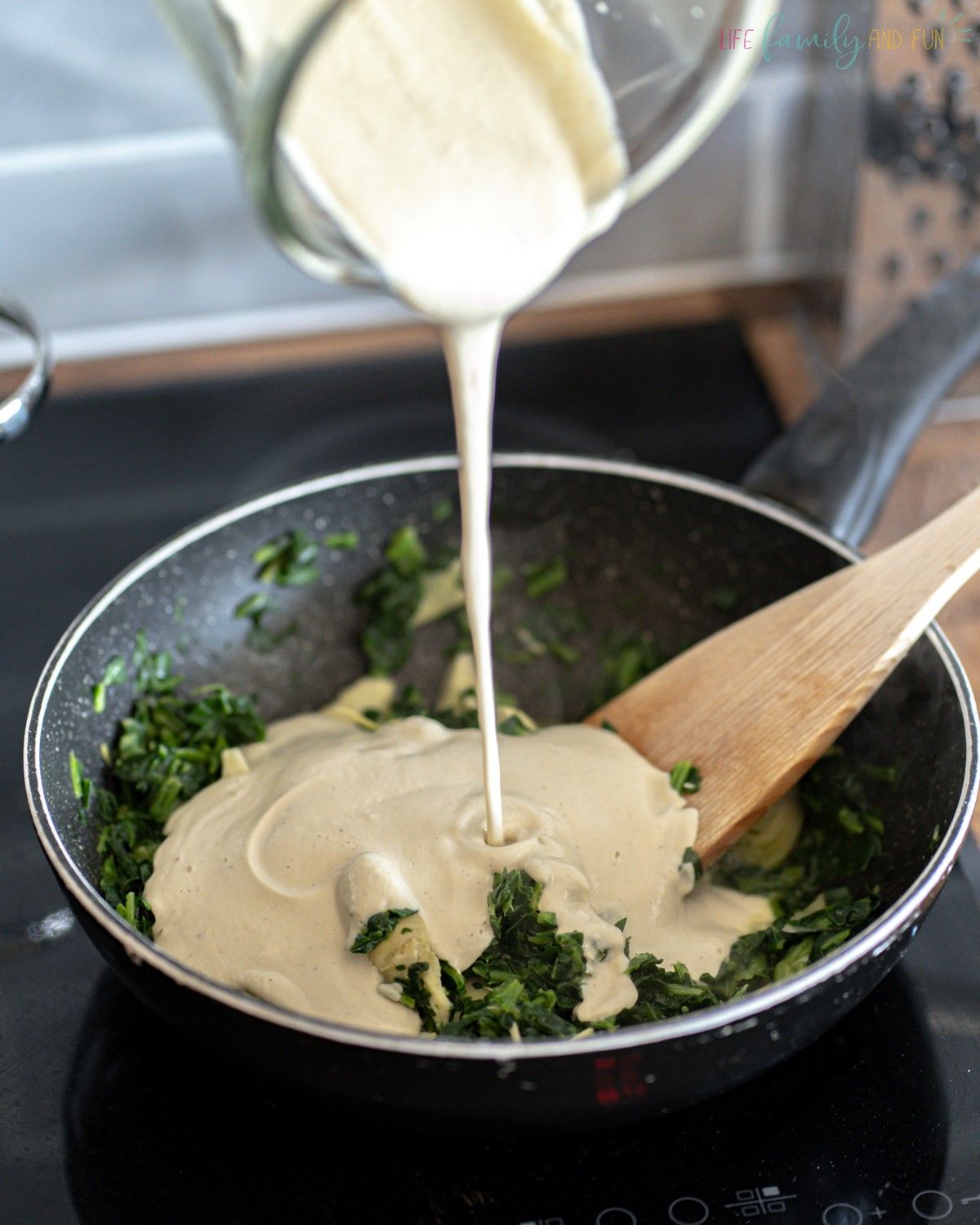
Step 3: pour sauce
Once the spinach and artichokes are sautéed to your preference of desired consistency, slowly pour in the cashew cream sauce that you prepared in the blender. Avoid dumping the entire amount in at one time as this can ruin the overall dish.
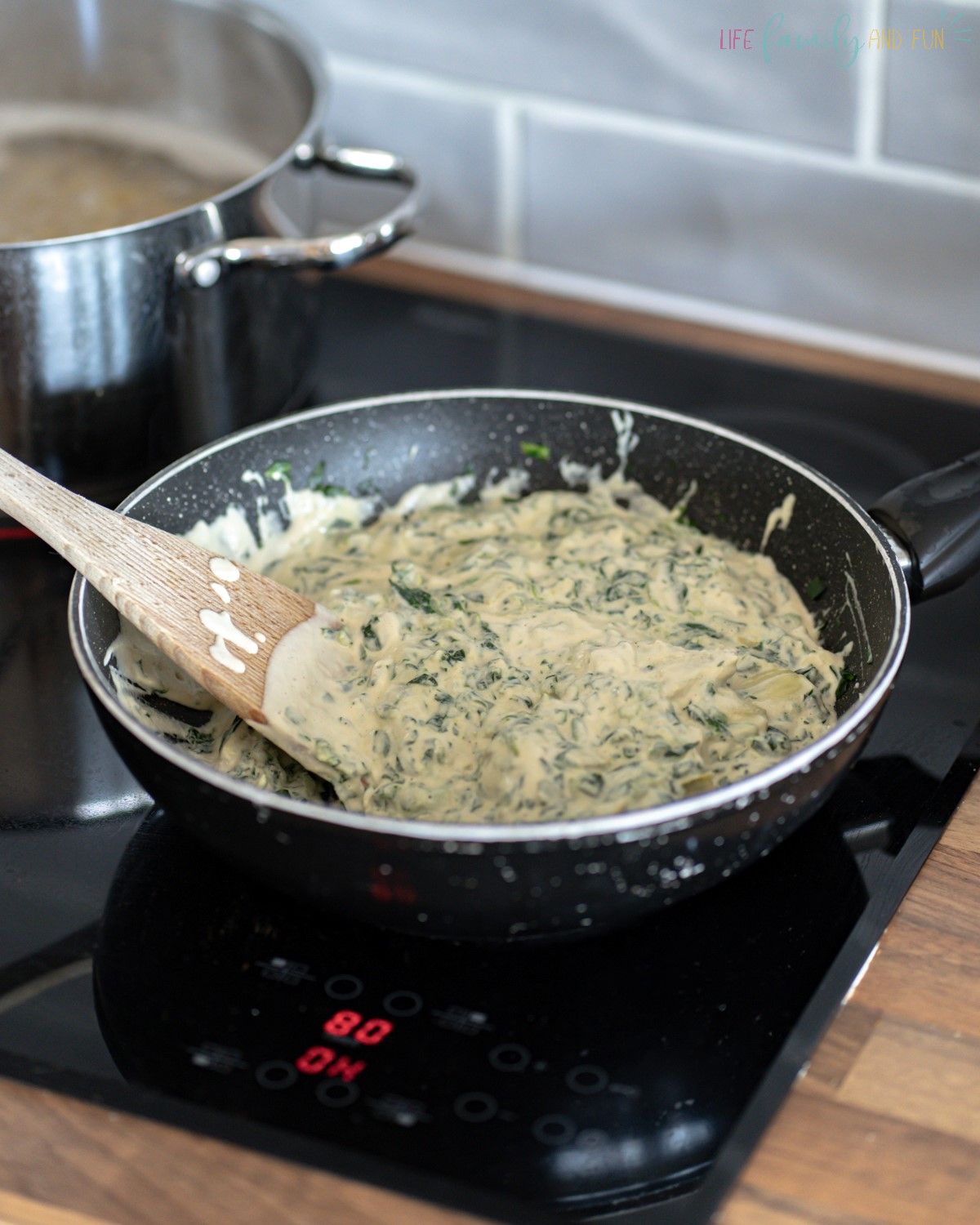
Step 4: stir slowly
Stir the cream slowly into the vegetables, adding more every 30 seconds or more. Once you have reached the desired temperature of your mixture – remove it from the heat source. You can store leftover mixture for up to a week in the refrigerator.
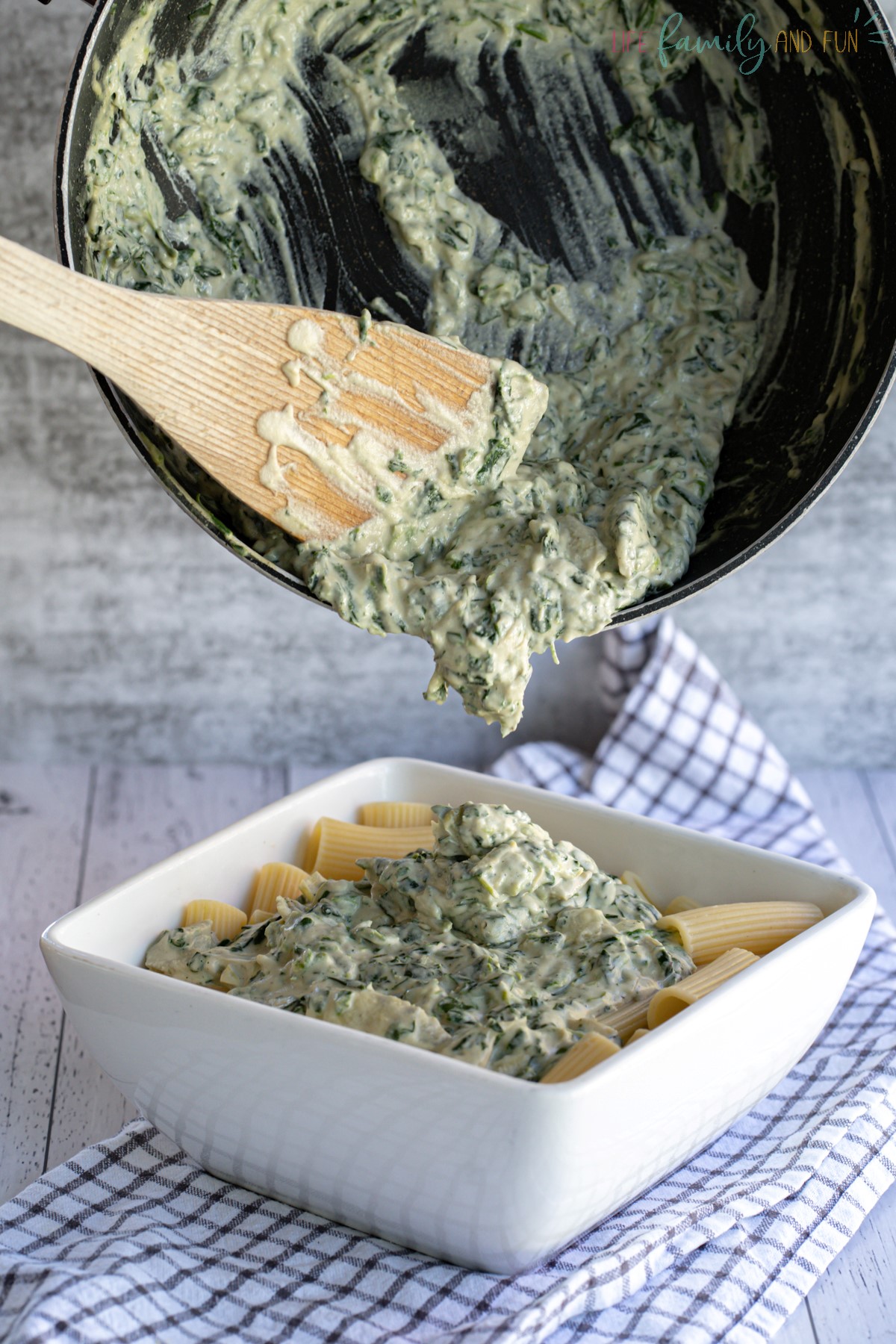
Sept 5: Serve and enjoy
Pour the mixture from the pot onto your prepared pasta and allow it to slowly seep into the noodles. You can stir it in if you want or allow it to naturally settle into place – your choice.
